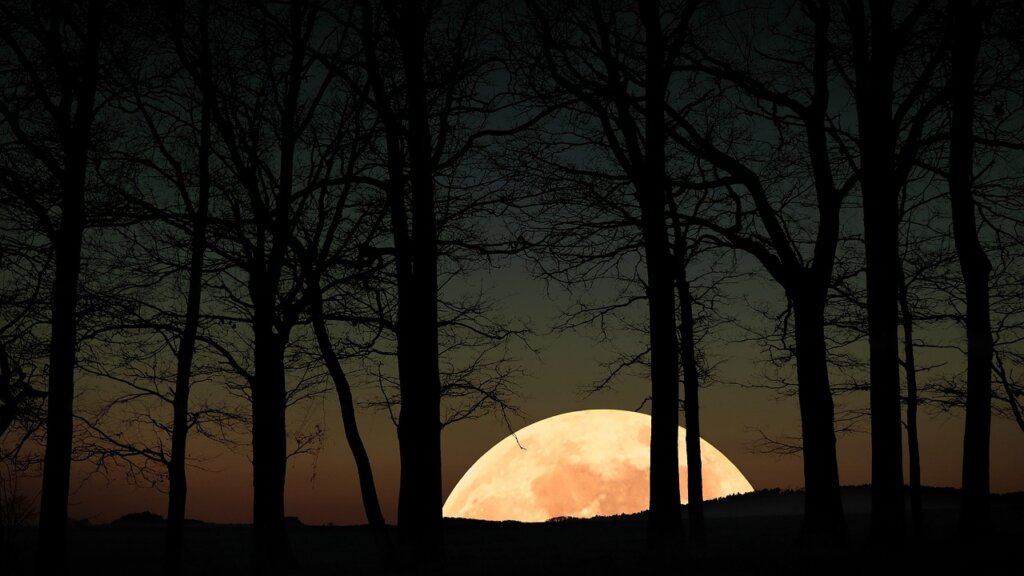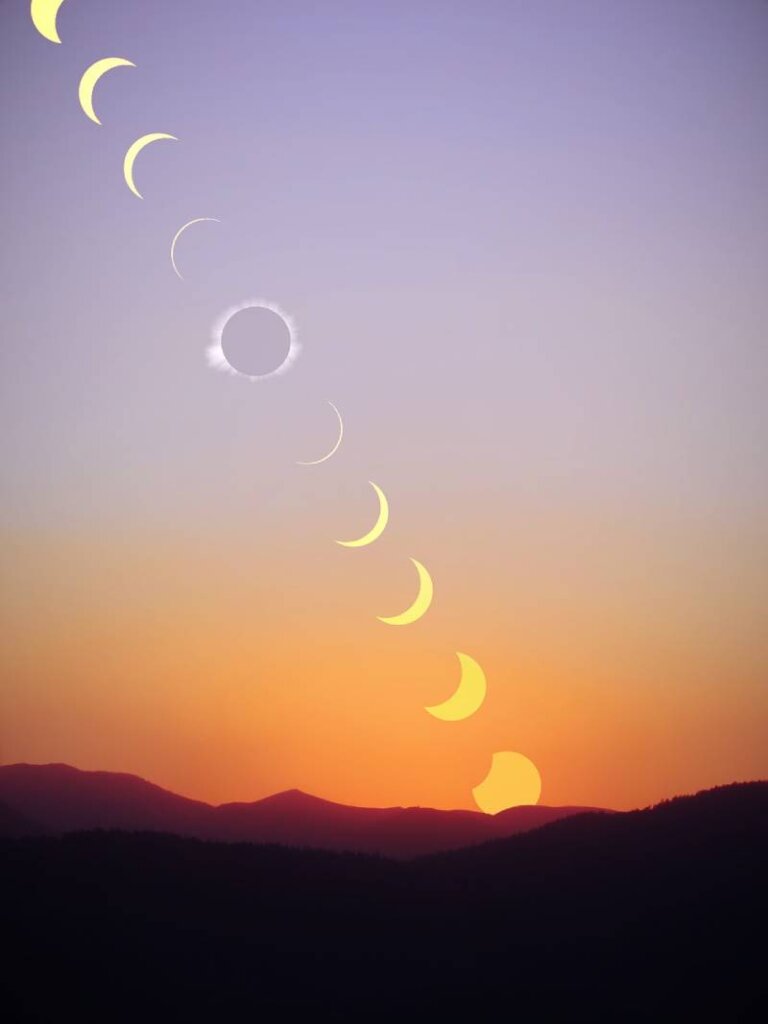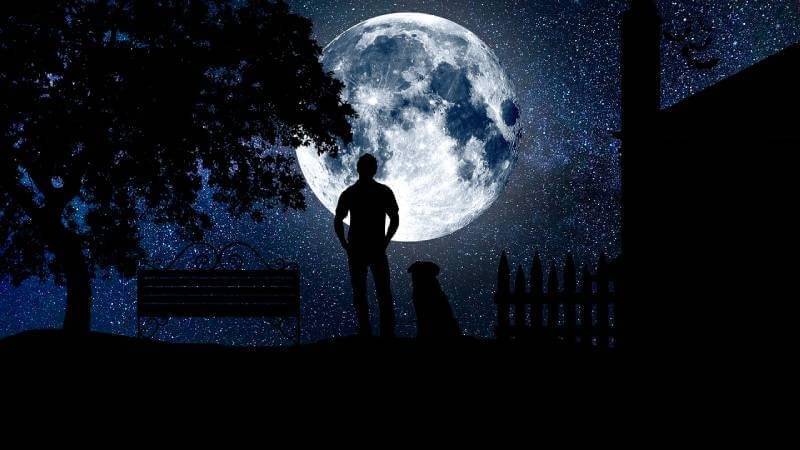When you look up from Earth, the moon gracefully moves through different sizes and shapes. But did you know that seeing the moon can be more challenging than it may seem? Many things influence whether we can spot our familiar friends, the moon, or not.
The moon’s different shapes, the weather, and even where it hangs in the sky all work together to decide whether the moon is seen. Sometimes, it’s easy to fathom why the moon is missing from the sky at night. Clouds can hide the moon from view like fluffy blankets! But, other times, even though the moon is up there, we can’t just see it. This is because of the shape it’s in or where the moon is.
Like changing clothes, the moon goes through different phases. One phase, which makes the moon look like a thin slice, is called the new moon. You might think the moon has disappeared, but it’s hiding in plain sight. Have you ever wondered why the moon visits us during the day sometimes?
The stars and moon are always in the sky, even during the day. But, during the daytime, the sun is super bright. Its strong light makes it hard to see the light from the stars and the moon. Imagine trying to see a tiny flashlight when standing in the middle of a sunny field – it’s impossible to, right? So even though they are there, the moon often plays hide and seek, waiting for the nighttime when the sun sets.
Discover The Hidden Side of The Moon
As the moon goes through the different phases, it hangs low in the sky and sometimes appears just above the horizon at night. However, what’s in your way and where you are can change how well you see the moon.

If the moon is close to the horizon, things like tall buildings hide it from your view. Did you know we only see one side of the moon? The moon spins around itself and also goes around the sun. These two aspects happening together mean we always see the same side of the moon.
The other side of the moon, which we never get to see, is called the dark side of the moon. This means that even though we usually see the moon shining in the night sky, if everything is just right, we never get to see even a peak of the hidden dark side.
The Changing Lunar Phases
When the new moon phase comes, something interesting happens – the moon vanishes in sight completely. There are a few things about the invisible moon that you may not know! You can determine when the new moon is here by checking out the stars if you’re curious.
Sometimes, the moon blocks the stars; when you notice those stars missing, you know the new moon is around. Other times, some light from the Earth reflects off the moon’s surface. It’s not much – just a little. But at night, even this faint light can make the moon’s shape appear.

During this phase, the moon’s bright side faces away from us, towards the sun. This is why we can’t see it – no sun reflecting it to reach our eyes. But, when the full moon comes, it sits almost on the opposite side of where it was during the new moon.
You may see the moon’s journey if you’re in the right spot, away from the building. But because of this reason, we will always see the same side! The dark side remains hidden.
The Weather Conditions
During cloudy weather, the moon can be hidden from our view. You might catch a glimpse of its presence as the light tries to peek through the clouds, a hint that the moon is still there.
Mist, fog, and other weather conditions can sometimes cover the moon. On days or nights when clouds completely cover the sky, you won’t be able to see the moon.
Conclusion
So, can we see the moon every night? Look at the moon as the friend who’s always around, even though you might not always see them. Each night, the moon is up there without fail. Just that, sometimes, it just doesn’t show up!
Even when you can’t see the moon, it’s there. Clouds cover it up, and it may not be a favorable phase or weather, making it disappear for a while.

